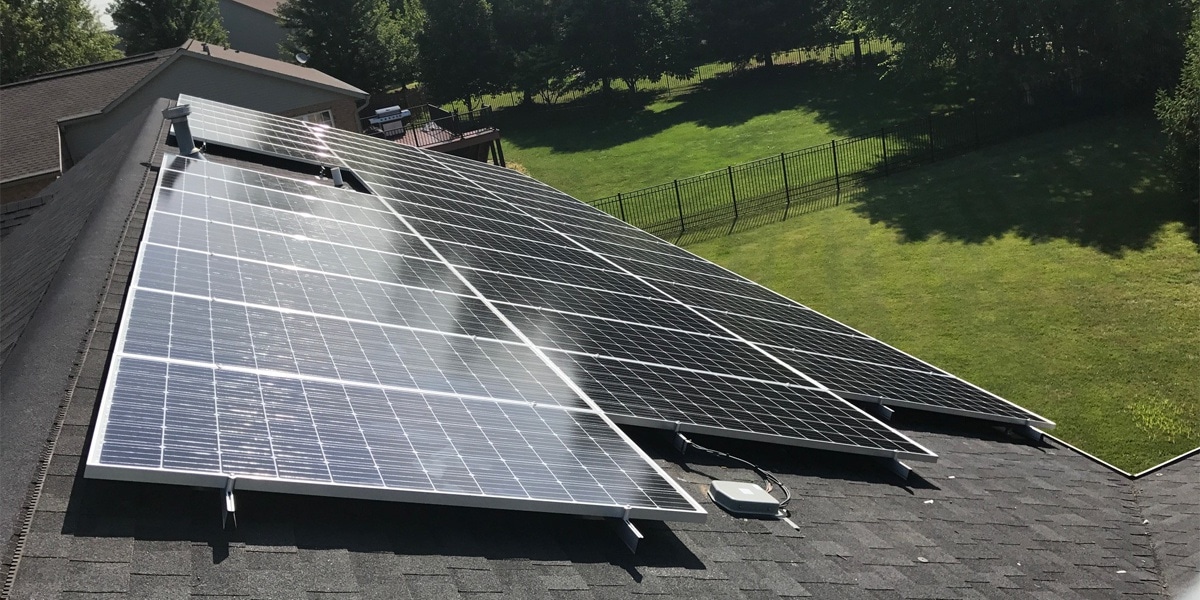

At the optical line terminal (OLT), the deficit dynamic bandwidth allocation (DBA) algorithm is incorporated to provide the necessary QoS at the users. The paper aims to enhance the throughput of the FiWi network such that each user is granted an uplink bandwidth of 100 Mbps.

In this paper, we investigate an integrated fiber-wireless (FiWi) network composed of a 10-Gigabit-capable passive optical network (XG-PON) and IEEE 802.11ac based wireless local area network (WLAN). However, thisĪlso necessitates the requirement for the enhanced performance in the quality of service (QoS) parameters of the network, such as throughput, packet loss rate (PLR), and end-to-Įnd delay. The increase in demand for multimedia services and realtime applications has led to the increasing deployment of telecommunication services all over the world. Through the obtained results, it has been demonstrated that for locations with good solar profile, there can be a significant reduction in the number of batteries as well as PV panels required to operate a FiWi network. To analyse the cost-effectiveness of the proposed algorithms, battery lifetime has also been calculated. Consequently, we propose a) Battery allocation (BA) algorithm and b) Photovoltaic (PV) panel allocation (PA) algorithm, for both off-grid as well as on-grid scenarios. Depending on the availability of solar power as well as the load generated due to data traffic at ONU, the requirement of resources to power the ONU varies. It is assumed that solar panels are installed at the optical network units (ONUs). In this paper, we have analysed an integrated FiWi network composed of a 10-Gigabit-capable passive optical network (XG-PON) with a WiFi front end. One such energy conservation mechanism is to employ a renewable source of energy, such as solar energy. With the growing popularity of the FiWi network, it is essential to look into energy conservation mechanisms as well. Fiber-wireless (FiWi) network consists of a fiber back-end network integrated with a wireless front-end. The ever increasing demand for higher data rates and more flexible deployment hasĪccelerated the need for integrating optical fiber with wireless networks.


 0 kommentar(er)
0 kommentar(er)
